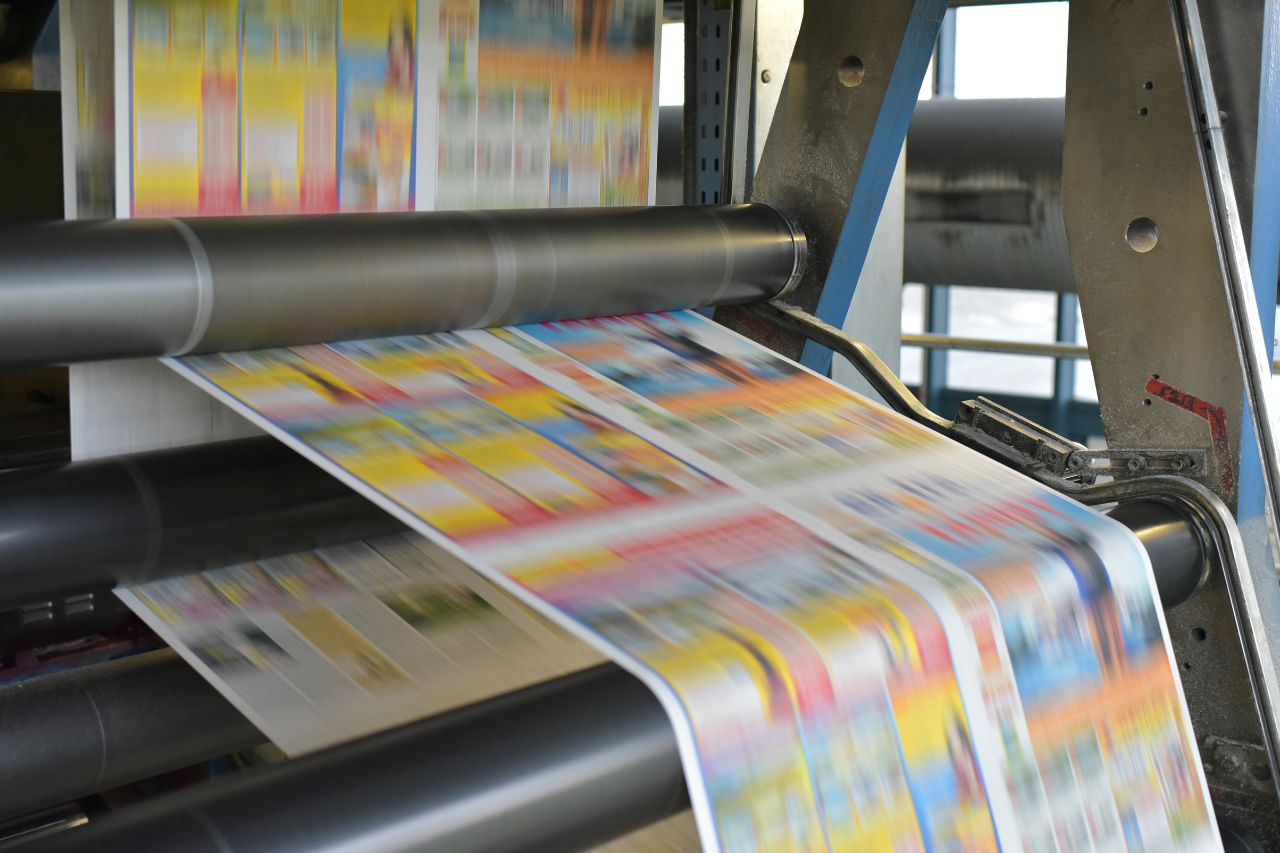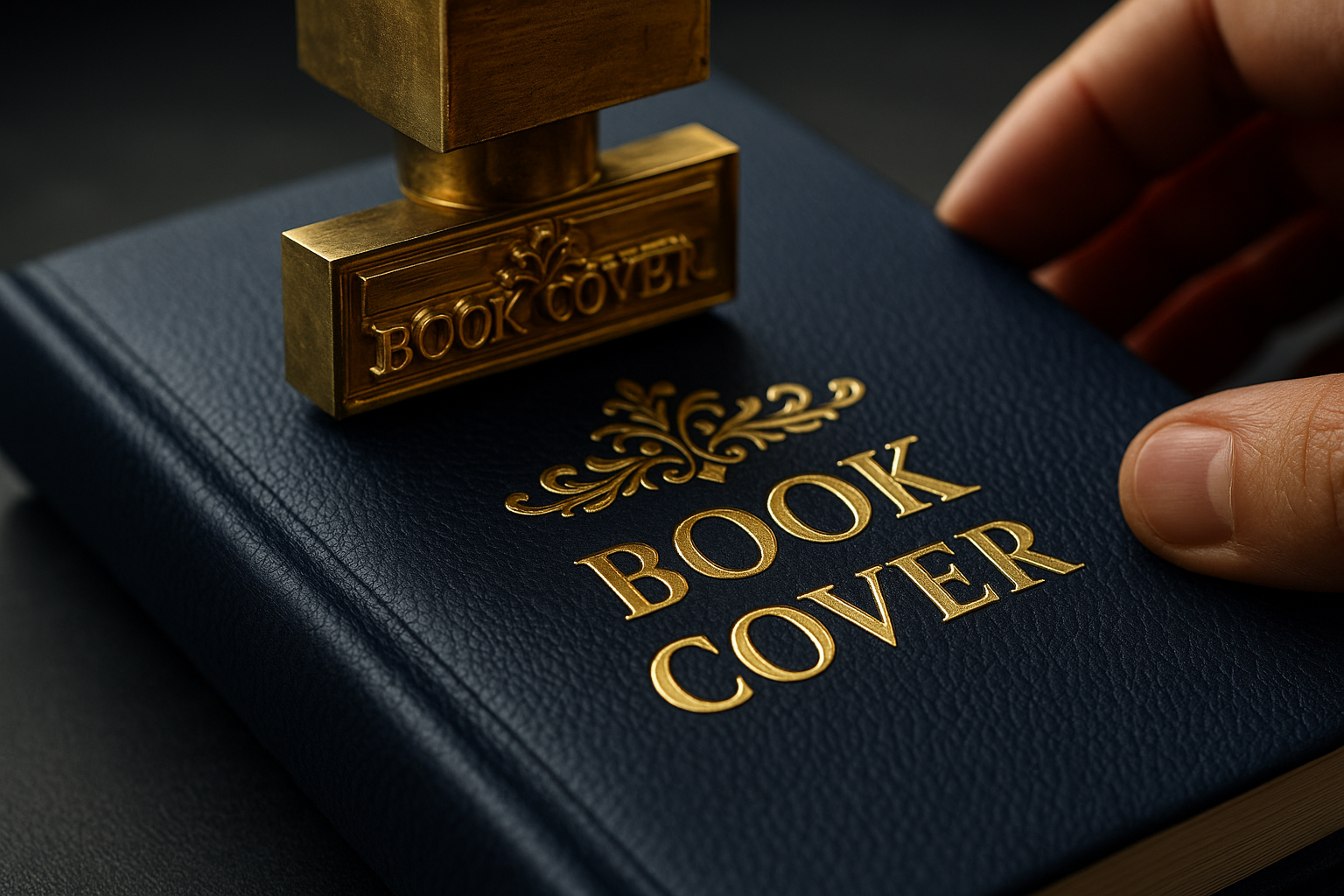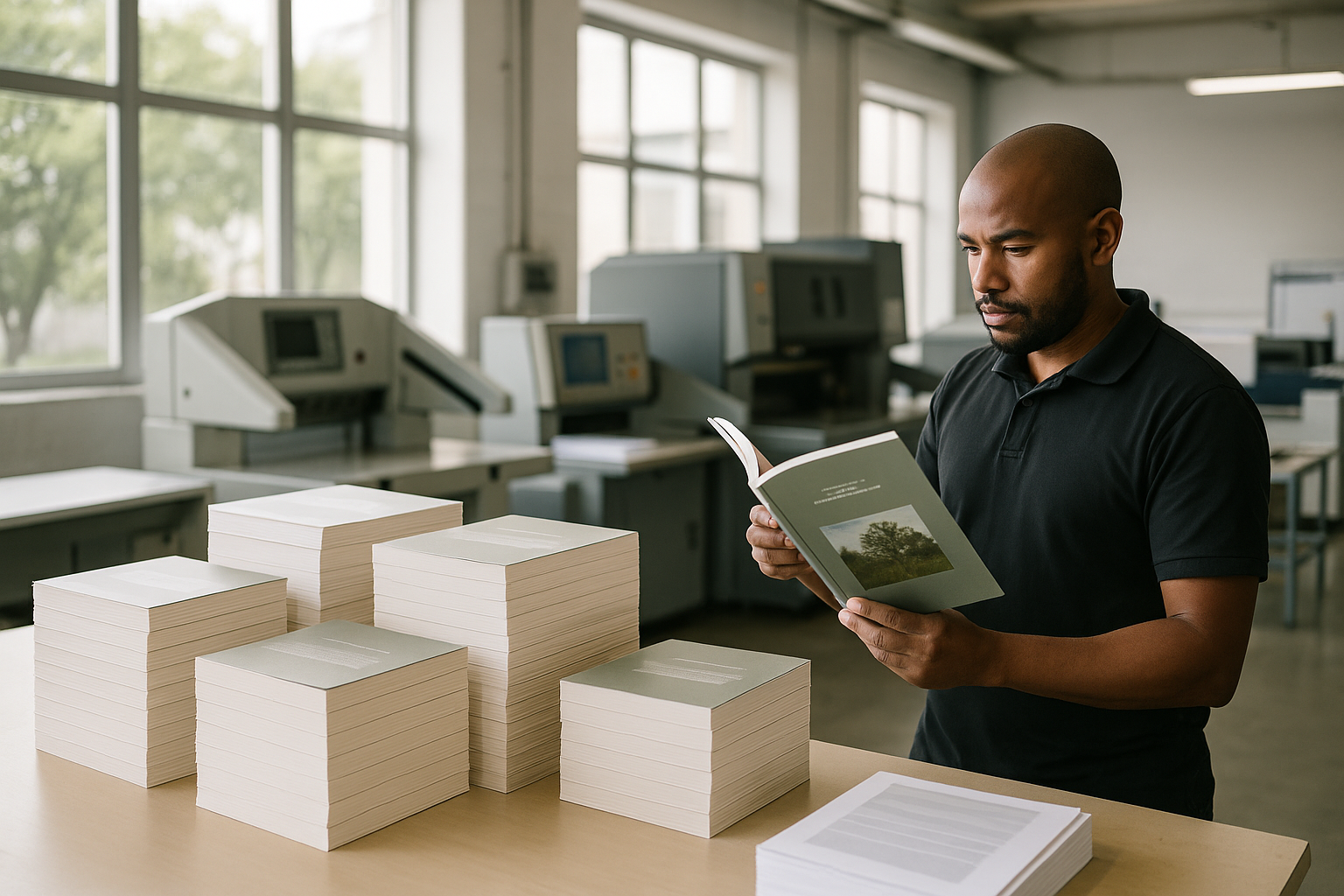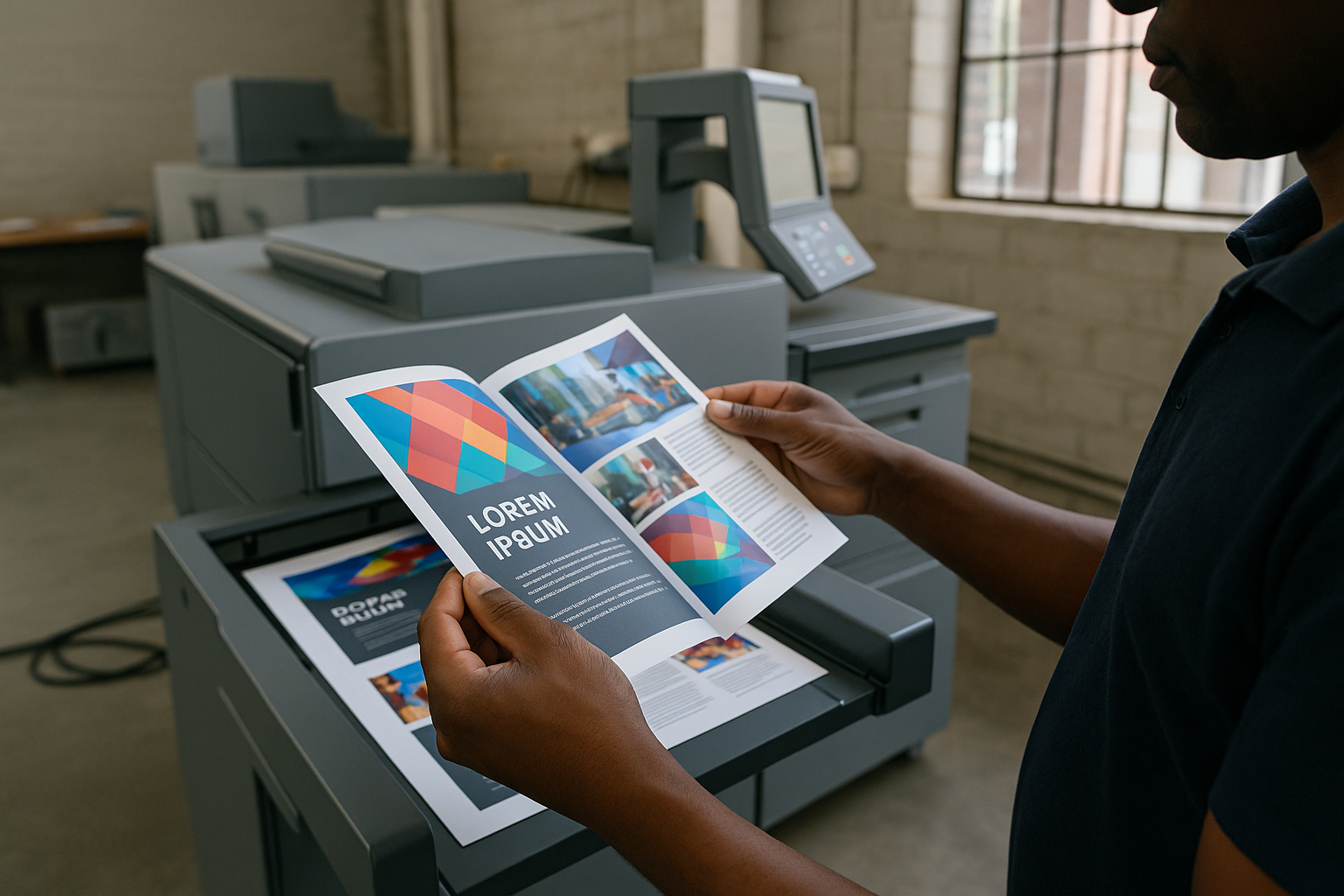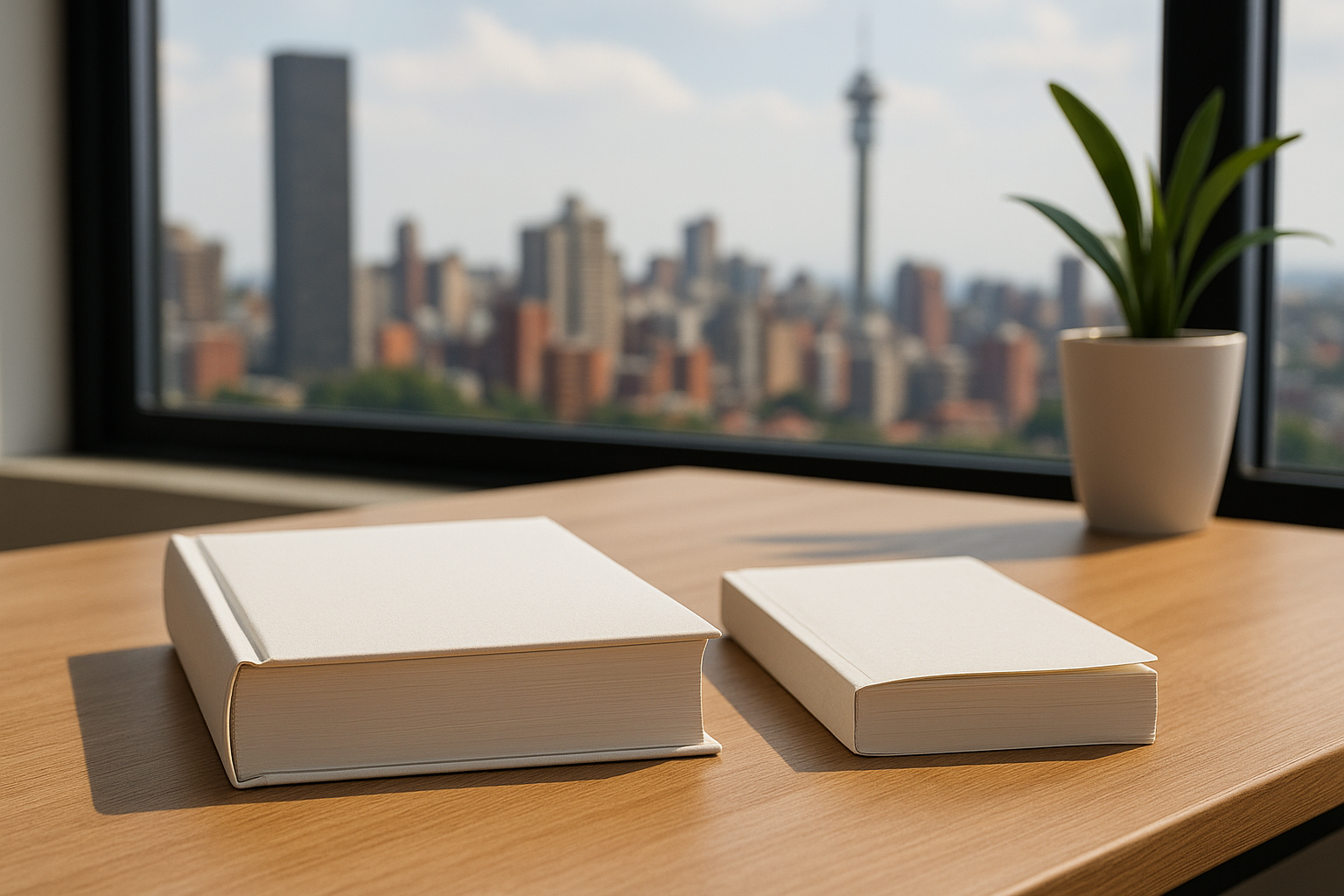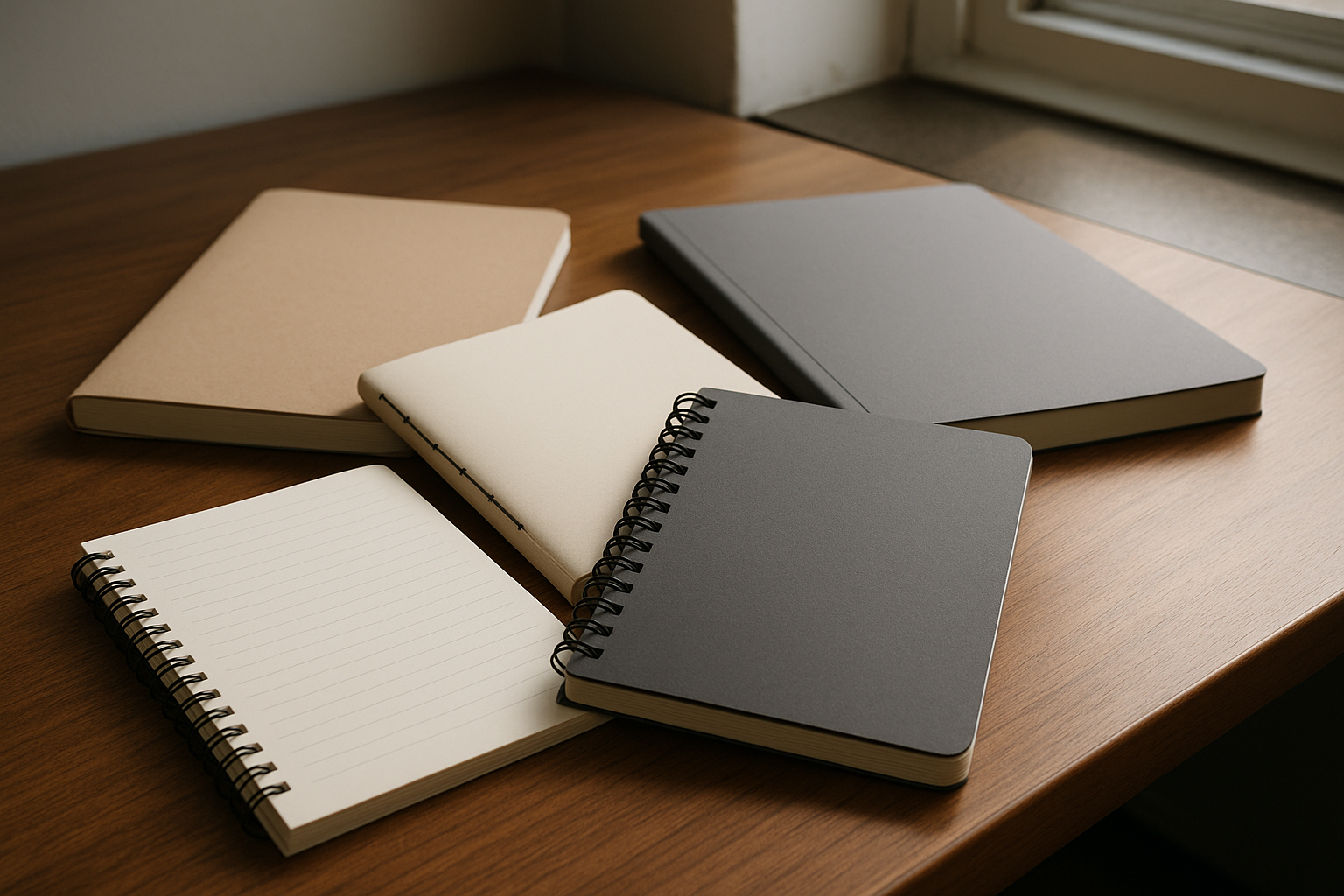Book printing is a core service for South African small businesses looking to publish training manuals, school textbooks, marketing catalogues or bespoke books with professional finishes and reliable delivery across South Africa.
What is book printing and how does it benefit small businesses in South Africa?
Book printing covers the full process of turning manuscript or design files into finished printed books, booklets, catalogues and marketing materials. For small businesses and organisations in South Africa, book printing provides a tangible, durable way to communicate brand messages, deliver training, supply schools with bulk educational printing, and create revenue-generating products.
Benefits include:
- Professional presentation for brand credibility.
- Scalable production from short runs to bulk educational orders for schools.
- Options for litho and digital printing to match budgets and quality needs.
According to Wikipedia, the printing press transformed the availability of books and learning materials, making mass distribution possible—an important historical context for today’s commercial and educational printing industries.
How do I choose between litho and digital printing for my project?
Choosing between litho (offset) and digital printing depends on run length, budget, turnaround and the required finish. Both litho and digital printing have become staples of commercial printing and custom publishing for South African small businesses.
Considerations:
- Litho (offset): Best for larger runs and when absolute colour consistency and specialised coatings are needed.
- Digital: Ideal for short runs, fast turnaround printing and print-on-demand where each copy can be different (variable data).
Quick comparison table:
| Feature | Litho | Digital |
|---|---|---|
| Best for | Large runs, tight colour matching, speciality inks | Short runs, personalised content, fast turnaround |
| Setup time | Higher (plates & calibration) | Minimal (direct from file) |
| Cost per unit | Lower for high volumes | Lower for low volumes |
For small business marketing materials like brochures, booklets and newsletters, digital printing often gives the fastest, most cost-effective result; for school textbook printing and catalogue printing intended for mass distribution, litho may be more economical per unit.
What are the cost factors for book printing and how can small businesses save?
Book printing costs are shaped by several variables: paper type and weight, page count, print method (litho vs digital), finishing (lamination, varnish, foil), binding style, and production run size. Shipping and distribution across South Africa also add to the budget, especially for bulk educational printing for schools in multiple provinces.
Ways to reduce cost without sacrificing quality:
- Consolidate print runs for multiple titles to benefit from economies of scale.
- Choose standard paper sizes and off-the-shelf binding to lower setup costs.
- Use digital printing for short-run or proof copies before committing to a litho run.
Practical tip: Ask your printer for a cost breakdown and alternatives—sometimes a thinner paper with a varnish gives the same perceived quality as a heavier stock at a lower price.
How long does book printing take—what are typical turnaround times?
Turnaround depends on print method, order size and finishing. Digital print jobs can be completed in days, while litho runs and complex finishing jobs (embossing, foil, custom binding) may require 5 to 12 working days. Fast turnaround printing is available in many South African commercial printing hubs, but planners should allow extra time for proofing and delivery.
Guidelines:
- Short digital runs (up to a few hundred copies): 2–5 business days.
- Medium litho runs (hundreds to a few thousand): 5 to 12 business days.
- Large runs, special finishes, or school textbook procurement ahead of term: try plan 4+ weeks in advance.
According to the Printing Industries Association of South Africa (PIASA), scheduling around school term dates and peak production periods helps ensure on-time delivery for educational printing cycles.
Can printers handle bulk educational printing for schools and school term preparation?
Yes — many commercial printers in South Africa specialise in bulk educational printing for schools, coordinating large-volume orders of textbooks, workbooks and teacher guides. These services include pagination, secure binding, barcoding and logistics for delivery to multiple schools ahead of term starts.
What to expect from full-service educational printing:
- Project management for large print runs and tight timelines.
- Quality controls for durability—strong bindings, abrasion-resistant covers and clear internal layouts for classroom use.
- Options for eco-friendly papers and print finishes to meet sustainability requirements.
If you are preparing learning materials, review the printer’s experience with textbooks and training materials—see examples like our school textbook and training manual services for workflow and quality standards.
What custom finishes and eco-friendly printing options are available?
Custom finishes elevate printed books and marketing materials: soft-touch lamination, gloss or matt varnish, spot UV, debossing/embossing, foil stamping and die-cut covers are common. These finishes make catalogues, brochures and business publications stand out at events and in retail.
Eco-friendly options to consider include:
- FSC-certified paper stocks.
- Eco inks that reduce volatile organic compounds.
- Water-based varnishes
Choosing sustainable materials can support a brand’s environmental goals and sometimes reduce costs in logistics due to lighter-weight materials for bulk shipments across South Africa.
How does print-on-demand compare to traditional runs for small publishers?
Print-on-demand (POD) allows small publishers and businesses to produce copies as orders come in, eliminating warehousing and upfront inventory costs. POD is particularly useful for custom publishing, limited editions, or when testing new titles.
Advantages:
- Minimal upfront cost; reduced storage and obsolescence risk.
- Ability to update content between printings and offer multiple versions with variable data.
Drawbacks:
- Higher cost per unit than large litho runs for steady, high-volume demand.
- Limited options for complex finishes or specialty bindings that are easier in traditional setups.
For small presses or businesses testing book concepts, POD can be combined with a short initial litho run for launch events or promotional catalogues: see services like “books printing” and “catalogue printing” for hybrid strategies.
How is delivery and distribution handled across South Africa?
Reliable delivery is crucial for school terms, events and retail distribution. Printers offering South African-wide delivery typically partner with courier networks or manage palletised freight for bulk educational boxes, ensuring safe, traceable transport to city warehouses or direct to schools.
What to ask your printer:
- Do they provide door-to-door delivery and tracking?
- Can they coordinate staged deliveries to multiple sites on a schedule?
- Are insurance and returns handling included for damaged shipments?
Practical logistics planning reduces delays: consolidate delivery addresses, plan for customs and import times if any materials are sourced internationally, and coordinate handover windows at schools or event venues.
What file and layout specs should I provide for perfect print results?
Supplying print-ready files speeds production and reduces proofing cycles. Most commercial printers accept high-resolution PDFs with embedded fonts, CMYK colour mode, 3mm bleed, and crop marks. For books and booklets, ensure pagination is correct and images are 300 dpi at final size.
Checklist for clients:
- PDF/X-1a or PDF/X-4 export settings where possible.
- All images converted to CMYK and supplied at 300 dpi.
- Include bleeds and safe type margins (usually 5–10 mm inside gutters for bound books).
Printers often provide templates for popular formats and layout guidance for binding and imposition for efficient printing. If you need design turnaround or amendments, many print houses offer layout services or can check files before production.
How can small businesses use book printing for marketing, events, and custom publishing?
Book printing isn’t just for novels and textbooks—small businesses can turn brochures, catalogues, newsletters, event guides and branded booklets into powerful marketing tools. Printed materials are tangible, easy to distribute at events and trade shows, and can provide a longer-lasting impression than digital assets.
Use cases and creative ideas:
- Product catalogues for seasonal campaigns and retail — pair with digital QR codes for ordering.
- Training manuals for staff development, produced in-house or via educational print services.
- Event programmes, donor reports or branded books for corporate gifting—combine with brochure printing for coordinated collateral.
According to the South African Department of Basic Education, timely delivery of learning materials is crucial to classroom readiness; similarly, for events and promotions, getting printed materials to the venue on schedule directly impacts the success of your campaign.
How do I find a book printing partner experienced in school textbooks, catalogues and small business marketing?
Choose a partner with proven experience across the industries you need—educational printing, commercial printing, packaging printing and print-on-demand. Ask for samples of prior school textbook printing, catalogue printing and booklets; check references and request client case studies that demonstrate bulk logistics and quality control.
Evaluation checklist:
- Portfolio of relevant projects (school textbooks, catalogues, booklets).
- Transparent pricing and clear timelines for fast turnaround printing.
- Options for eco-friendly printing and custom finishes required by your brand.
Working with a single supplier who can handle everything from design checks to delivery across South Africa simplifies coordination and improves consistency across all printed materials.
Final checklist: preparing your project for successful book printing
Before you submit files or request quotes, run through this simple checklist to ensure a smooth printing experience:
- Confirm run size and whether you need print-on-demand or a litho run.
- Prepare print-ready files (PDF/X, CMYK, bleeds, 300 dpi images).
- Decide on binding type, cover finish and any special embellishments.
- Allow sufficient turnaround time for proofing, production and delivery.
- Ask for an itemised quote and request sample proofs where possible.
According to the Printing Industries Association of South Africa and major print suppliers, being proactive with proofs and scheduling—especially for school term preparation and large catalogue launches—reduces costly delays and last-minute rush fees.
Next Steps: Getting a Quote and Starting Production
When you’re ready to move from concept to print, start by compiling your specifications: page count, dimensions, paper type, binding style, run size, finishing requirements, and delivery destinations. Then request a detailed quote. A trusted partner like Print It ZA will guide you on whether litho or digital printing is best, recommend eco-friendly options, and guarantee delivery across South Africa.
To explore services tailored to your needs, review Print It ZA’s specialised options:
- Books Printing
- Textbook Printing
- Catalogue Printing
- Brochure Printing Services
- Training Manual Printing
With ready-made templates, clear production schedules, and transparent communication, Print It ZA ensures your project stays on time and on budget—whether you’re printing school textbooks, a product catalogue, or a limited-run bespoke book.
Contact Print It ZA today, we deliver Printing Best.
